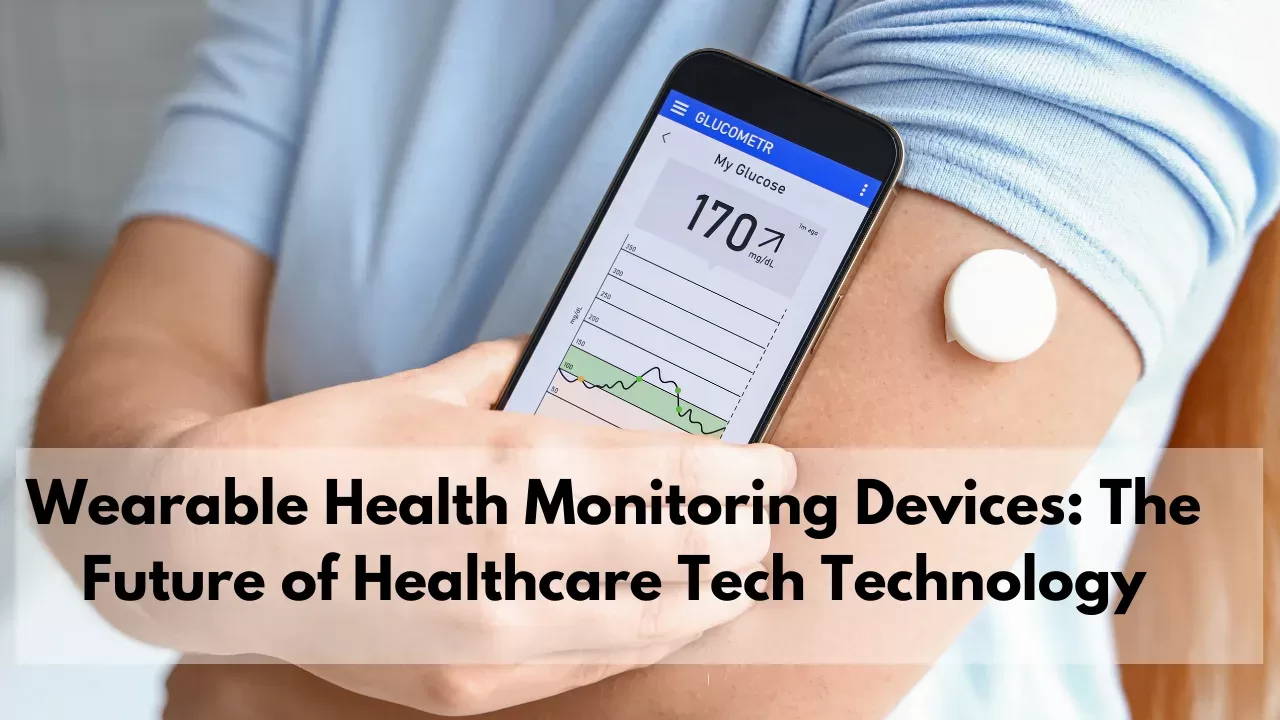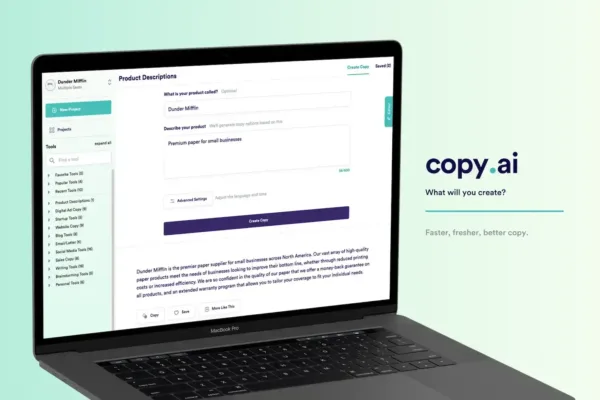Wearable health monitoring devices are changing how we think about health. These small gadgets help us track our health in real time. From smartwatches to fitness bands, wearable technology in healthcare is making it easier to stay healthy. Here, you will get an understanding of how the ideas of health wearables are determining the future possibilities of the healthcare system.
For a comprehensive overview of how wearable health monitoring devices fit into the broader landscape of AI-driven technology, explore our in-depth guide on AI Wearables, Smart Clothing, and Health Tech.
Listen to Our Podcast: Wearable Health Monitoring Devices
What are Wearable Health Monitoring Devices?
Wearable health monitoring devices are those devices which you can wear like ornament on your body. Some of them are designed for wrist or arms while others are designed to be part of your clothes. They employ sensors to acquire data of your well-being. They monitor aspects such as the pulse rate, blood pressure and the number of units a person covers on a daily basis.
Some of the most common wearable health devices are:
- Smartwatches
- Fitness trackers
- Smart rings
- Health patches
These devices are meant to assist in the care of people’s health. It is also possible to forward relevant information to your doctor.
To understand how wearable health devices relate to other smart wearables, check out our article on AI Wearables: Revolutionizing Fitness with Smart Tracking Technology.
Why Are Wearable Health Monitoring Devices Important?
The role of wearable technology in healthcare is significant because through this people can monitor their health status easily. Unlike going for checkups whenever you develop some symptoms or when you fell sick these devices allow you to check up your health status on a daily basis. Thus, it is possible to identify before the worst is out that something is wrong and do something about it.
Learn more about the advanced AI systems powering these devices in our detailed exploration of AI and Augmented Reality: Merging AI with VR for Smarter, Immersive Experiences.
How Do Wearable Health Monitoring Devices Work?
Most of the health monitoring wearable devices are based on sensors. Some of these sensors, can monitor things such as pulse rate, temperature, blood pressure among others. Some of them are sent to an app downloaded in your phone and this wouldn’t notify you that it is working in the background. The paleo location devices and numbers are used to display what is occurring in the human physic or body as observed through this app.

Certain wearables in healthcare are capable of determining your wellbeing too or lack of it. For instance, a device can be used to detect the body temperature and indicate if you have fever. It can also keep record of your sleeping pattern and notify you that you are lacking in sleep.
Advanced AI-driven health monitoring systems can learn from your data. They analyze your habits and can predict if something might go wrong. This is a big part of how wearable technology healthcare is becoming smarter and more useful every day.
Benefits of Health Wearables
Here are some of the main benefits:
1. Real-Time Health Monitoring
With wearable health monitoring devices, you can check your health anytime. Whether it’s your heart rate or how much you’ve exercised, the information is right at your fingertips. This real-time monitoring is especially helpful for people with health conditions that need constant attention.
2. Early Detection of Problems
Health wearables can detect changes in your body before you feel sick. For example, a person with high blood pressure might not feel anything, but their device can show if their blood pressure is too high. This early detection can prevent more serious problems later.
3. Encouraging Healthy Habits
Many wearable health devices come with apps that encourage you to stay active. They might remind you to exercise, drink water, or get enough sleep. These reminders can help you build better habits for long-term health.
Discover how AI-powered wearables are transforming fitness routines in our guide on AI Wearables: Revolutionizing Fitness with Smart Tracking Technology.
4. Sharing Data with Doctors
One of the best things about wearable healthcare technology is that it can share data with your doctor. Instead of explaining how you feel, the doctor can look at the data from your device. This makes it easier for the doctor to understand your health and give you the right advice.
5. Personalized Care
AI-driven health monitoring uses data to give you personalized advice. It can learn from your habits and give you suggestions on how to improve your health. For example, if the device sees that you are not getting enough sleep, it might suggest ways to improve your sleep routine.
Popular Wearable Health Devices
Here are some popular devices you might have heard about:
1. Smartwatches
Smartwatches are one of the most common types of wearable health monitoring devices. They can track your heart rate, steps, and even how many calories you burn during the day. Some smartwatches can also track your sleep and remind you to take a break if you’ve been sitting for too long.
Learn more about this technology in our article on Payment Rings: The Future of Seamless Wearable Payments.
2. Fitness Trackers
Fitness trackers are similar to smartwatches but more focused on exercise. They count your steps, track your workouts, and measure how active you are during the day. These devices are perfect for people who want to stay fit and active.
3. Smart Rings
Smart rings are small and easy to wear. They track your heart rate and how well you sleep. Some smart rings can even check your temperature and tell if you are getting sick.
Explore how AI wearables are revolutionizing payments in our article on Payment Rings and NFC Wearables.
4. Health Patches
Health patches are like stickers you wear on your skin. They can measure your heart rate, breathing, and even your blood sugar levels. These patches are often used by people with chronic health conditions.
The Future of Wearable Health Monitoring Devices
Wearable technology in healthcare is improving every day. In the future, we might see even more advanced wearable health devices that can do things we can’t even imagine today.
One exciting area is AI-driven health monitoring. These devices use artificial intelligence to analyze huge amounts of data. They can predict health problems before they happen and give you advice on how to stay healthy.
Another area of growth is in disease prevention. In the future, wearable healthcare technology could help stop diseases before they start. This could save millions of lives and reduce the cost of healthcare.
See how AI-driven health monitoring is being applied in workplace settings to improve safety in our article on AI in Workplace Safety: Leveraging Artificial Intelligence to Create Safer Workplaces.
Final Words
Wearable health monitoring devices are changing how we take care of ourselves. These devices give us real-time information about our health and help us make better choices. Whether you’re using a smartwatch to track your heart rate or a fitness tracker to stay active, wearable technology healthcare is helping us live healthier lives.












One thought on “AI and Augmented Reality: Merging AI with VR for Smarter, Immersive Experiences”